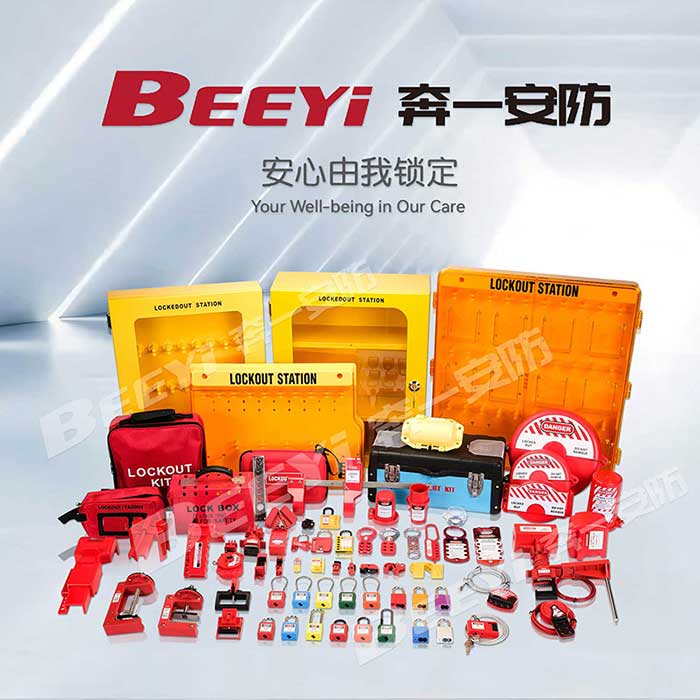Industrial pneumatic systems are widely used across various industries, powering machinery, tools, and equipment through compressed air. While these systems are highly efficient, they also pose significant risks if not properly controlled and maintained. One of the most important safety measures in these settings is the use of pneumatic lockouts, which are critical in preventing accidental activation of equipment during maintenance. This article will explore what industrial pneumatic lockouts are, why they are important, and how they contribute to workplace safety and regulatory compliance.

What Are Industrial Pneumatic Lockouts? Industrial pneumatic lockouts are specialized devices designed to isolate or block pneumatic energy sources during maintenance or servicing. They prevent the unintended release of compressed air into machinery, which could lead to equipment operation, potential injury, or equipment damage. These lockouts are part of the broader “lockout/tagout” (LOTO) safety system, which aims to ensure that hazardous energy sources are securely isolated before maintenance work begins. The lockout devices are usually mechanical, and they can be installed on pneumatic valves, quick-disconnect couplings, and air lines. Once these lockouts are in place, they prevent any airflow from reaching the machinery, effectively locking the system in an off or isolated position. This ensures that workers can safely perform repairs or adjustments without the risk of the machine unexpectedly starting up.